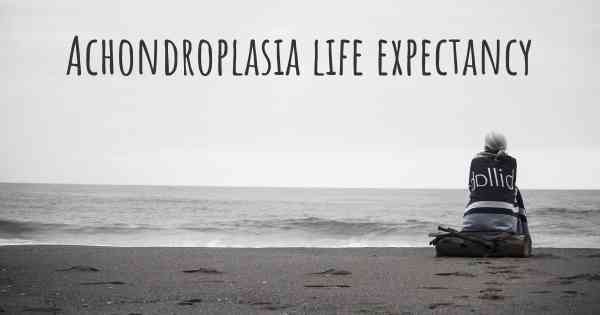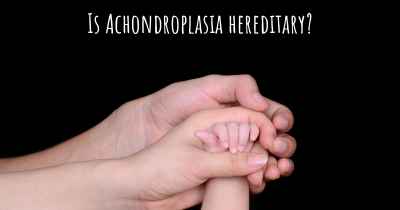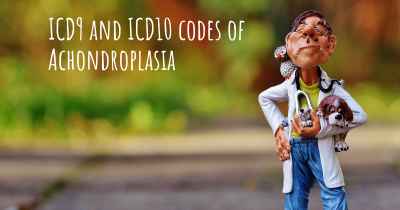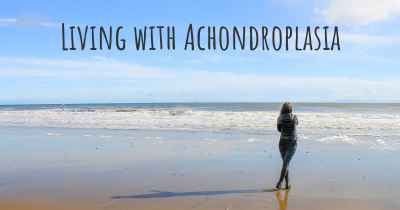What is the life expectancy of someone with Achondroplasia?
Life expectancy of people with Achondroplasia and recent progresses and researches in Achondroplasia

Achondroplasia is a genetic disorder that affects bone growth, resulting in dwarfism. While it can lead to various health complications, life expectancy for individuals with Achondroplasia is generally normal and comparable to that of the general population.
However, it is important to note that some health issues associated with Achondroplasia, such as spinal stenosis and obesity, may impact overall well-being and quality of life. Regular medical check-ups, appropriate management of associated conditions, and a healthy lifestyle can contribute to a fulfilling and long life for individuals with Achondroplasia.
Achondroplasia is a genetic disorder that affects bone growth, resulting in dwarfism. It is the most common form of dwarfism, occurring in approximately 1 in every 15,000 to 40,000 births. While achondroplasia can present various challenges and complications, it is important to note that individuals with this condition can lead fulfilling and meaningful lives.
Life expectancy is a common concern for individuals with achondroplasia and their families. However, it is crucial to understand that achondroplasia itself does not significantly impact life expectancy. In general, individuals with achondroplasia have a similar life expectancy to the average population.
It is important to note that life expectancy can be influenced by various factors, including overall health, access to healthcare, lifestyle choices, and the presence of any associated medical conditions. While achondroplasia does not directly affect life expectancy, it can be associated with certain health issues that may require medical attention.
Associated health issues that individuals with achondroplasia may face can include:
- Obesity: Due to a slower metabolism and reduced physical activity, individuals with achondroplasia may be more prone to obesity. It is important to maintain a healthy weight to minimize the risk of obesity-related health problems.
- Ear infections: The structure of the ear can be affected in individuals with achondroplasia, leading to a higher susceptibility to ear infections. Prompt medical attention and appropriate treatment can help manage these infections.
- Sleep apnea: Narrowed airways and structural differences in the face and throat can contribute to sleep apnea, a condition characterized by interrupted breathing during sleep. Continuous positive airway pressure (CPAP) therapy or other interventions may be necessary to ensure adequate sleep and oxygenation.
- Spinal stenosis: Compression of the spinal cord can occur in individuals with achondroplasia, leading to symptoms such as back pain, numbness, and difficulty walking. Regular monitoring and appropriate management can help alleviate these symptoms.
- Hydrocephalus: Some individuals with achondroplasia may develop hydrocephalus, a condition characterized by an accumulation of cerebrospinal fluid in the brain. This may require surgical intervention to alleviate pressure on the brain.
It is important for individuals with achondroplasia to receive regular medical check-ups and appropriate management of any associated health issues. By addressing these concerns, individuals with achondroplasia can lead healthy and fulfilling lives.
Quality of life is a crucial aspect to consider when discussing achondroplasia. While physical challenges may be present, individuals with achondroplasia can achieve personal and professional success, engage in various activities, and form meaningful relationships.
Supportive communities, advocacy groups, and healthcare professionals play a vital role in ensuring that individuals with achondroplasia have access to the necessary resources, support, and opportunities to thrive. Early intervention, inclusive education, and adaptive technologies can further enhance the quality of life for individuals with achondroplasia.
In conclusion, achondroplasia itself does not significantly impact life expectancy. Individuals with achondroplasia can have a similar life expectancy to the average population. However, it is important to address any associated health issues and provide appropriate medical care. With proper management and support, individuals with achondroplasia can lead fulfilling lives and contribute to their communities.
Posted Oct 19, 2017 by Kenia Maria 1000








